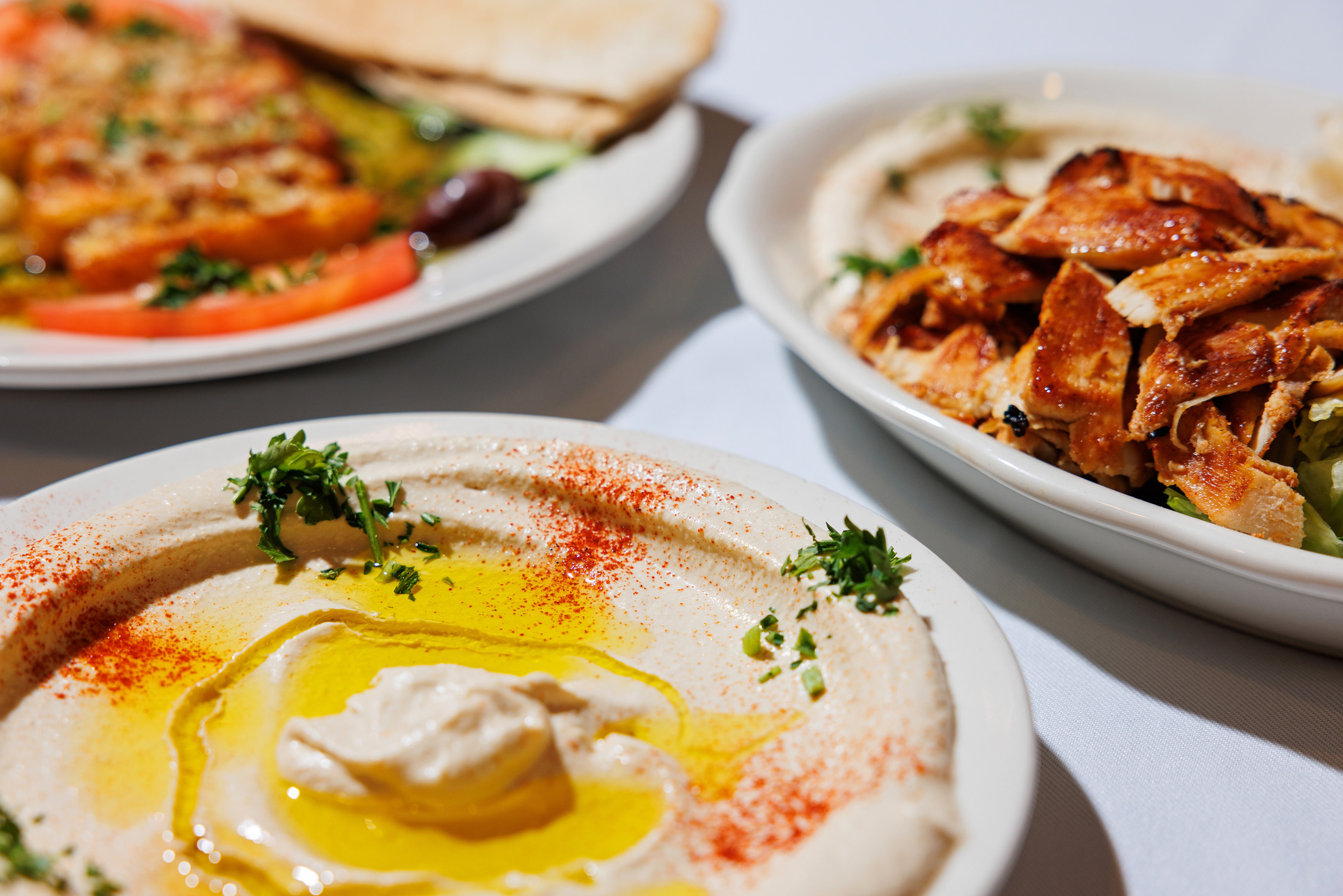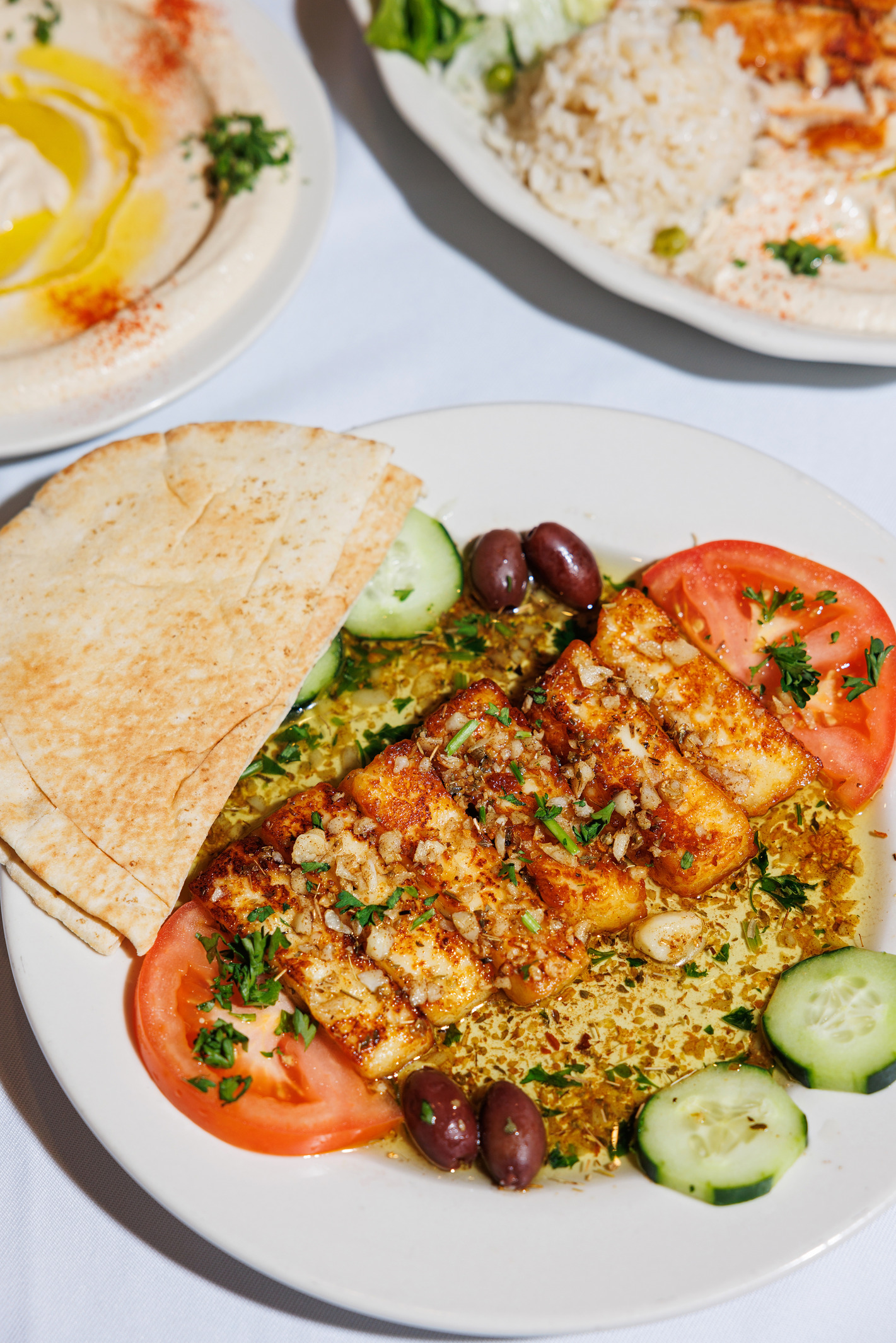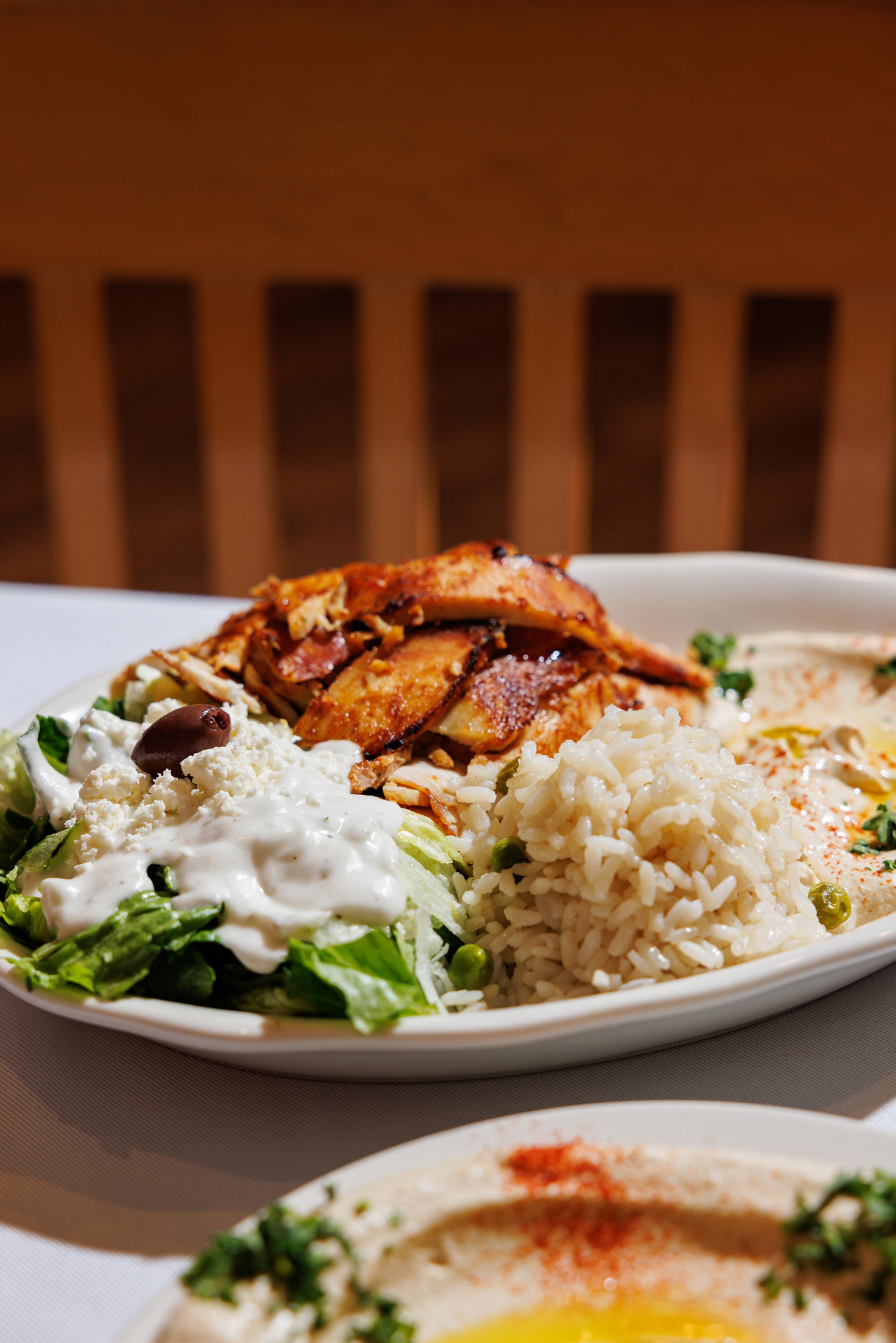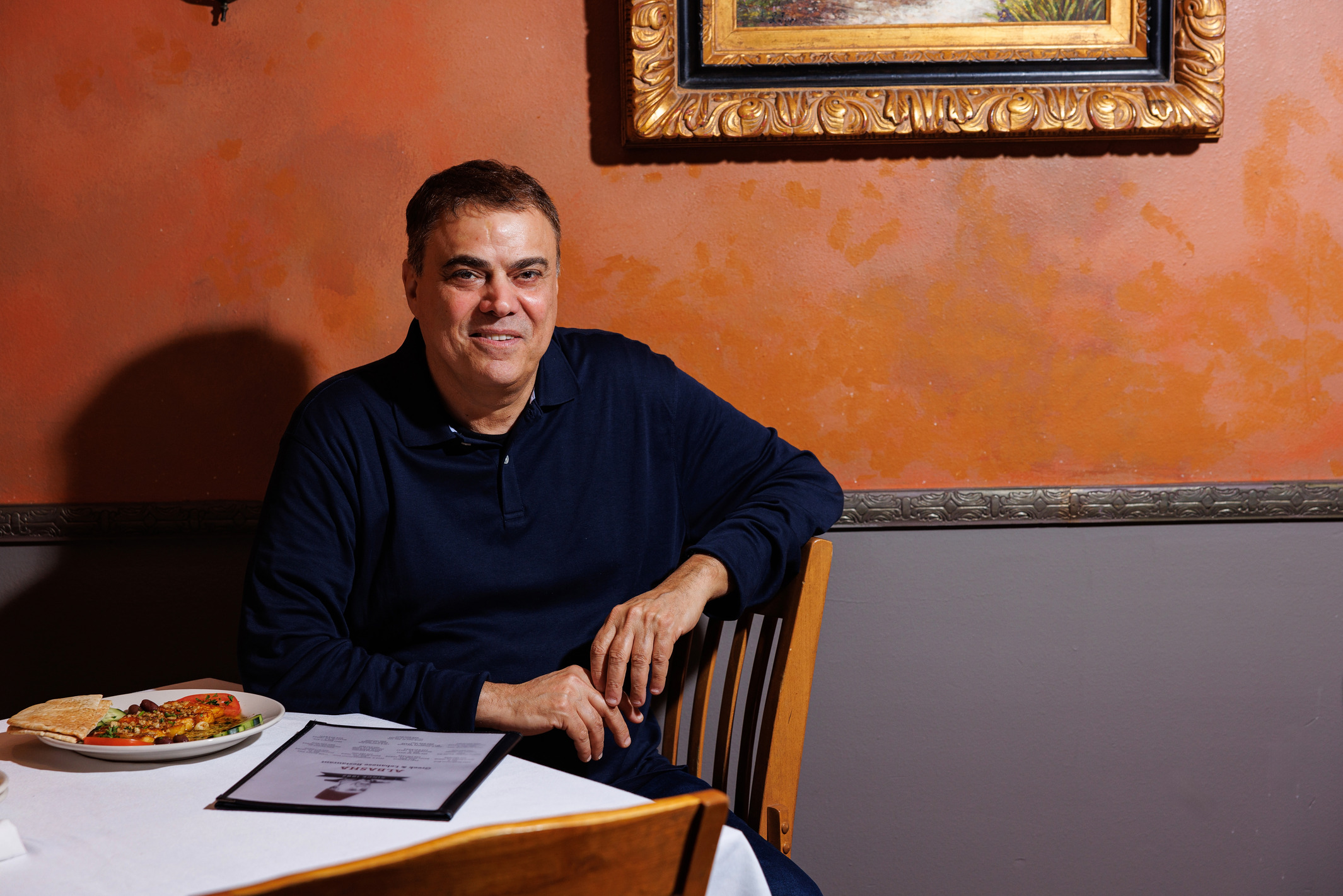
How Albasha Restaurant became a Mediterranean food powerhouse and local lunch favorite
Taste of history: Each month across our 20th year, 225 will revisit restaurants from our past coverage. From Capital Region classics and award-winners to trendsetters and hidden gems, these businesses have helped shape our dining culture.
Back in 1992, two friends and recent LSU graduates rolled the dice on a Mediterranean restaurant on a then-quiet stretch of Bluebonnet Boulevard.
|
|
Middle Eastern cuisine was already popular in Baton Rouge at the time—it was first introduced in 1979 with the original Serop’s in Mid City. But the ambitious duo believed there was room for a new player in the city’s growing number of so-called Greek-Lebanese restaurants.
They were right. Thirty-three years later, Albasha Restaurant has spread to 13 full-service locations across Baton Rouge and southeast Louisiana. The flagship restaurant on Bluebonnet is still going strong, just as the neighborhood around it has exploded with residential and retail development. No matter the location, however, Albasha patrons can’t seem to get enough of its voluminous menu of shawarma, kebabs, gyros and more.

The key to success, says co-founder Naser Abudyak, has been consistency.
“We use the same recipes at every location,” he says. “And we give a lot of credit to our partner managers in each restaurant for making things work.”
Abudyak and his business partner Nabeel Badawi earned engineering degrees from LSU in the late 1980s before deciding to shift gears and try the restaurant business. Abudyak, who had owned a pizzeria for a few years after college, remembers spending a lot of time in Albasha’s first kitchen.
“It was a lot of hard work,” he says. “A lot of long hours.”
The toil paid off. Five years later, the partners opened a second Albasha location on Sherwood Forest Boulevard.
“And from there, we went all over,” Abudyak says.

Albasha’s legendary chicken shawarma is inspired by dishes and flavors from the restaurant owners’ native Jordan.Hands down, the most popular items on Albasha’s menu are the fried cheese appetizer and the chicken shawarma plate, Abudyak says.
The fried cheese features planks of firm halloumi pan-fried in olive oil and topped with fresh parsley. Its simplicity belies its deep flavor and charming chewiness. And the tender, garlicky chicken shawarma, set off by inviting charred edges, is arguably one of the city’s most ordered dishes, especially at lunch.
The scratch-made recipes reflect foods from the partners’ native Jordan. Flavors are consistent with those of home, but like other local Mediterranean restaurants in the U.S., the presentation meets American expectations. Chicken shawarma in side dish-happy Baton Rouge, for example, is expected to be accompanied by rice, hummus, pita and salad. Back home, it’s more commonly served as a lone, simple sandwich, Abudyak says.

Taking extra steps is part of the partners’ secret sauce. Their popular falafel is made from scratch, beginning with dried chickpeas soaked overnight, then ground with fresh herbs and spices before being formed into patties and pan-fried.
Three decades of business hasn’t dulled the partners’ ambitions. Future expansions are always a possibility, Abudyak says.
“A new location would have to be near business areas so we can have the lunch business, and also close to residential,” he says. “We’re always looking.” Find it on Facebook
This article was originally published in the February 2025 issue of 225 Magazine.
|
|
|
